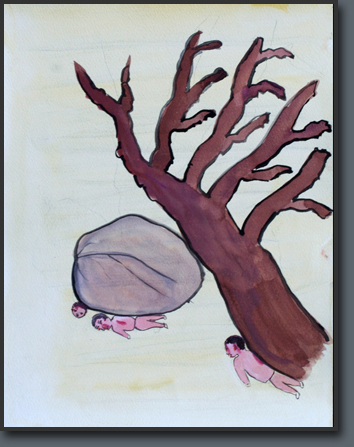![]()

THE POWER OF ART AND LITERATURE![]()
| The artwork and literature of survivors of Hiroshima and Nagasaki remind us of the human consequences of atomic weapons and help those of us who have not experienced an atomic bombing attempt to imagine the horror of it. Art and literature are valuable in themselves. They are also valuable documents of history. In addition, art and literature can also serve as forms of healing for the survivors who feel compelled to convey their story to future generations. As you will see in the film Witness to Hiroshima, art plays a central role in the telling of Mr. Tsuchiya’s testimony. In the following lessons, students are asked to think about and discuss the power of art and literature and to engage in creative projects that connect art to their own lives and communities. | |
| Grade Levels: | |
| 9-12 and college/university | |
| Subject Areas: | |
| Social Studies, U.S. History, World History, Art, Biology, Literature, Personal Stories, Japanese History, Asian Studies, Ecology, Peace and Conflict Studies, Resource Management | |
| Materials: | |
| · Copy of Witness to Hiroshima · Copies of the poem “The Witness Remains” by Thich _Nhat Hanh (PDF) · Access to Internet for student research |
|
| Download the lesson plan: | |
| Art and Literature Lesson Plan (PDF) | |


